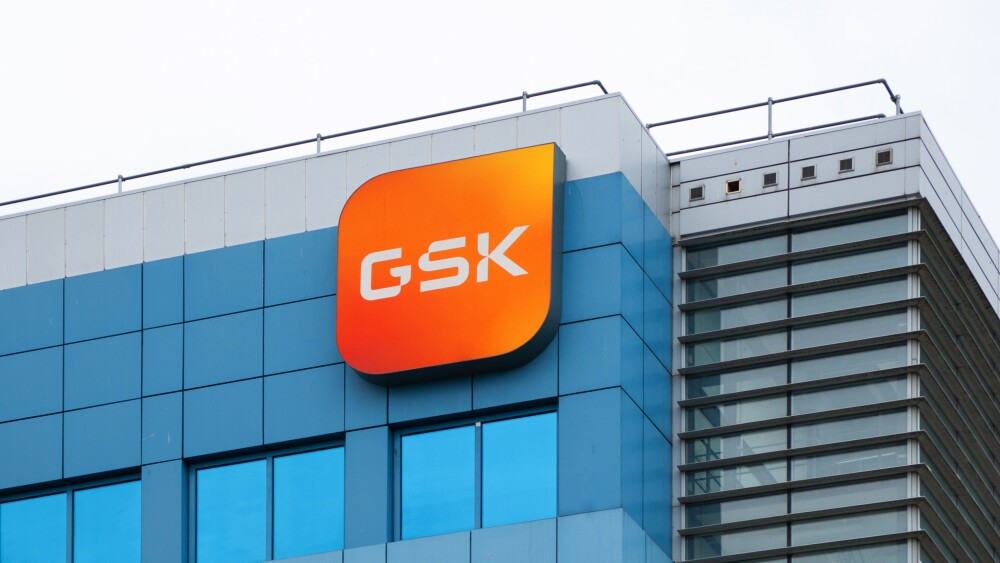While Madrigal Pharmaceuticals secured the first FDA drug approval for metabolic dysfunction–associated steatohepatitis, Akero Therapeutics is developing what may serve as a viable alternative treatment for precirrhotic disease.
Last month, the FDA approved Madrigal’s Rezdiffra as the first therapy for metabolic dysfunction-associated steatohepatitis, or MASH (formerly known as NASH). It was one of the most anticipated regulatory actions of the year and a win for MASH patients, who, to this point, have had no treatment options. But Madrigal may soon have competition in this space.
The week before Rezdiffra’s approval, Akero Therapeutics reported updated data from its Phase IIb HARMONY trial examining the effects of efruxifermin (EFX) 28 mg and EFX 50 mg versus placebo in patients with F2-F3 liver fibrosis, or precirrhotic MASH. While it’s still too soon to tell, early signs indicate that EFX could challenge Rezdiffra in this population of patients.
In Phase III trials, the FDA asks MASH drug developers to show a one-stage improvement in fibrosis (ranked on a scale from F0, or the absence of fibrosis, to F4, full-blown cirrhosis) with no worsening of MASH, or the resolution of MASH with no worsening of fibrosis.
In the HARMONY trial, 46% of those treated with EFX 28 mg and 75% of patients treated with EFX 50 mg achieved at least one stage of improvement in fibrosis and no worsening of MASH after 96 weeks, compared to 24% of the placebo arm.
Although the results for EFX 28 mg were not statistically significant, those for EFX 50 mg were, demonstrating sustained long-term benefits with this dose.
While EFX is currently being studied in multiple clinical trials, these preliminary results are already a sign of efficacy that Madrigal will need to consider in moving forward with Rezdiffra. According to Akero’s updated competitive intelligence reporting, its clinical trials give it some compelling advantages over Rezdiffra.
For instance, by enrolling MASH patients with F2-F3 liver fibrosis scores in HARMONY, Akero is targeting a more complicated population than the broader F1-F3 liver fibrosis patients targeted by Madrigal in its MAESTRO-NASH Phase III trials. While a small number of F1 fibrosis patients were included in this study, the majority were stage F2-F3, and a Madrigal representative told BioSpace in an email that the drug is not intended for this group.
By focusing on F2-F3 liver fibrosis, Akero is positioning itself to maximize the evidence for EFX’s use in reducing liver fat, given that patients with F2-F3 liver fibrosis have hepatic fatty scars that are absent in earlier stages of liver fibrosis.
In addition, Madrigal’s clinical trial design was less rigorous. HARMONY is a completer trial that enforces rigid adherence to treatment by only including in its analysis those patients who stuck with their assigned regimen, while MAESTRO-NASH is an intention-to-treat (ITT) trial, which allows for real-world dosing frequency deviations. Rigid adherence maximizes clinical trial efficacy by ensuring patients are taking EFX as scheduled and not missing doses.
Given that Madrigal only has Phase III data up to 52 weeks for Rezdiffra, Akero’s drug has demonstrated long-term efficacy that could be a positive tiebreaker for those looking at alternative investigational treatments for MASH.
On the other hand, while Akero’s achievements are noteworthy, there are limitations to its competitive intelligence comparisons.
Because Akero has not investigated EFX in MASH patients with F1 liver fibrosis scores in HARMONY, Rezdiffra appears to be the drug of choice for the first-line treatment of early-stage MASH, while EFX may be relegated to second-line or alternate therapy.
Additionally, as an Fc‐FGF21 fusion protein, EFX is an investigational once-weekly subcutaneous injection administered to the abdominal area, while Rezdiffra is an FDA-approved orally administered tablet taken once daily. Compared to an oral tablet, ensuring the stability of a subcutaneous formulation will potentially entail more significant costs and quality control issues.
Finally, the relatively small number of patients enrolled in HARMONY means that comparing Madrigal’s data with Akero’s head-on is not straightforward. Because MAESTRO-NASH enrolled approximately 1,750 patients while HARMONY enrolled only 128, it is too early to tell how Akero will fare statistically in Phase III trials as the number of participants increases.
Therefore, although Akero’s data appears to be more efficacious than Madrigal’s, whether the data will hold in real-world scenarios remains to be seen. Keep an eye on the MASH market as this therapeutic area continues to heat up in the coming years.
Jia Jie Chen writes analyses focusing on drug development in the biotech and pharma industries for BioSpace. He has a doctorate degree in pharmacy and experiences ranging from biotech equity research to business intelligence analysis. Follow him on LinkedIn.
Clarification (April 23): This article has been updated to clarify that Rezdiffra is not intended for MASH patients with F1 fibrosis.






